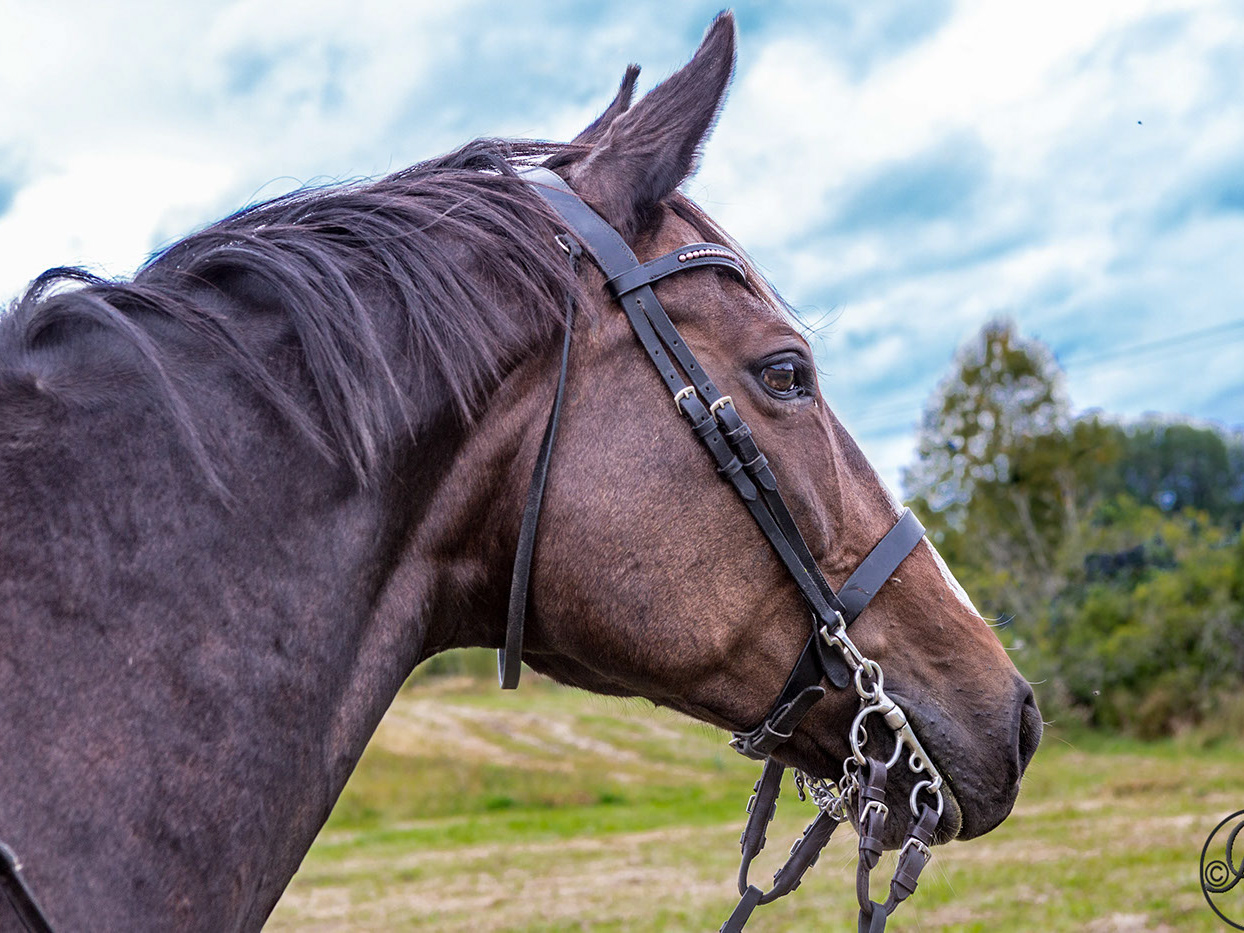Devil's Peak (Cape Town)
Devil's Peak is part of the mountainous backdrop to Cape Town, South Africa. When looking at Table Mountain from the Victoria & Alfred Waterfront, or when looking at the standard picture postcard view of the mountain, the skyline is from left to right: the spire of Devil's Peak, the flat mesa of Table Mountain, the dome of Lion's Head and Signal Hill. The central districts of Cape Town are nestled within this natural amphitheatre. The city grew out of a settlement founded on the shore below the mountains in 1652 by Jan van Riebeeck, for the Dutch East India Company. Some of the first farms in the Cape were established on the slopes of Devils Peak, along the Liesbeek River. Devil's Peak stands 1,000 metres (3,281 ft) high, less than Table Mountain's 1,087 metres (3,566 ft). One can walk to the top (western slopes provide the easiest approach) but the ascent is more pleasant and safer outside of the cold, wet, winter months of May to August. Origins of the name, Devil's Peak was originally known as Windberg[6] or Charles Mountain.[7][8] The English term Devil's Peak is a 19th-century translation from the Dutch Duiwels Kop, and supposedly comes from the folk-tale about a Dutch man called Jan van Hunks, a prodigious pipe smoker who lived at the foot of the mountain circa 1700. He was forced by his wife to leave the house whenever he smoked his pipe. One day, while smoking on the slopes of the peak, he met a mysterious stranger who also smoked. They each bragged of how much they smoked and so they fell into a pipe-smoking contest. The stranger turned out to be the devil and Van Hunks eventually won the contest, but not before the smoke that they had made had covered the mountain, forming the table cloth cloud.[9] The story was captured by the 19th century poet Dante Gabriel Rossetti in his poem Jan van Hunks (alternatively called The Dutchman's Wager).[10] However, since Rosetti's poem was only published in 1909, it's unlikely that this was the true source of the name, rather an urban legend. It has also been claimed that the name is a corruption of Duifespiek ("Dove's Peak") to Duiwelspiek ("Devil's Peak"), since the Dutch the words for devil and dove are relatively close in sound. The Dutch word "Duiwelspiek" has been the common Afrikaans language name for the mountain and the suburb on the east side of the city bowl. The name is also thought to have been derived from the mountain's 'three pronged' spear shape, which is reminiscent of the spear held by the Devil in many images. A more likely Info: Wikipedia










